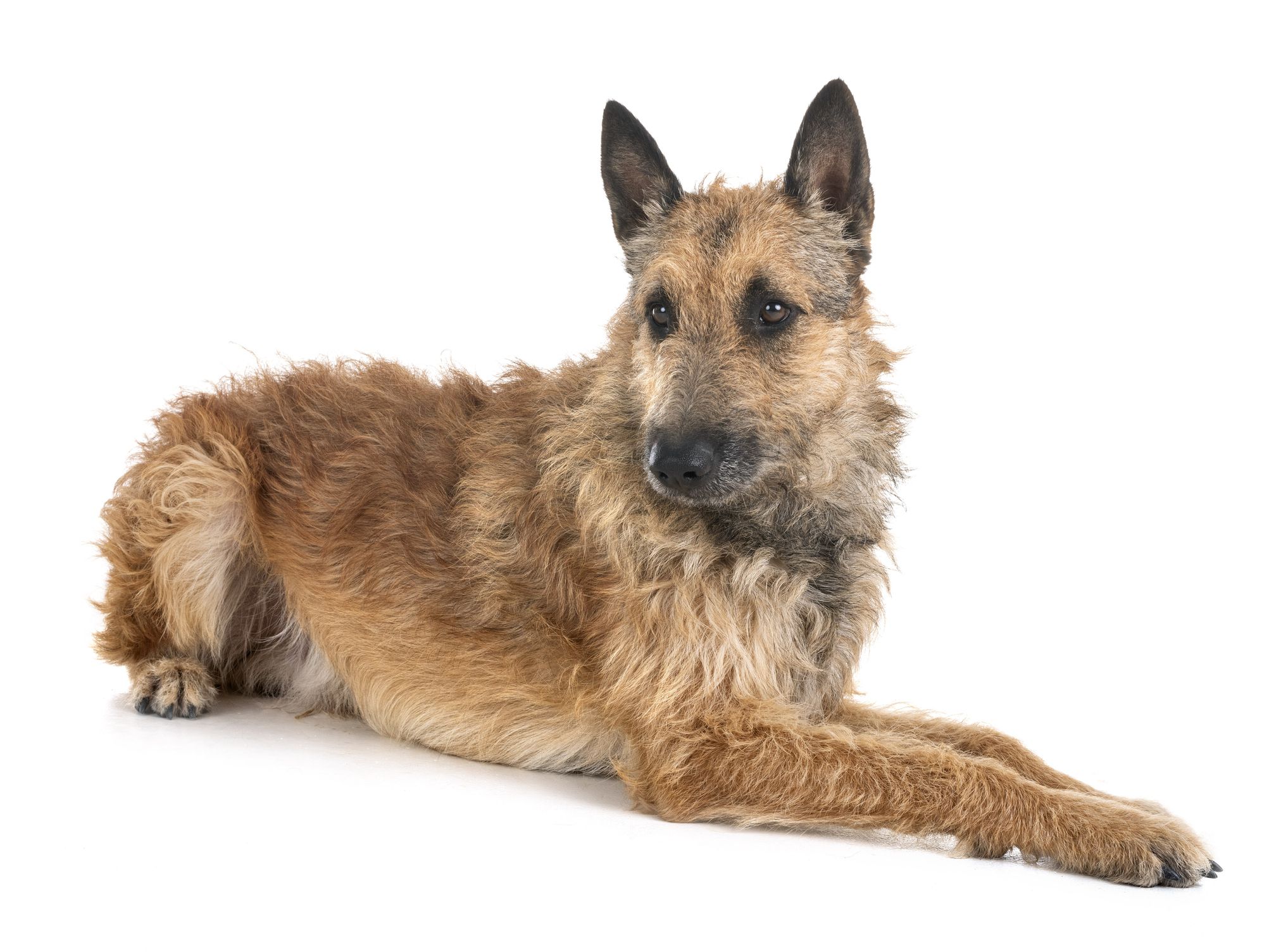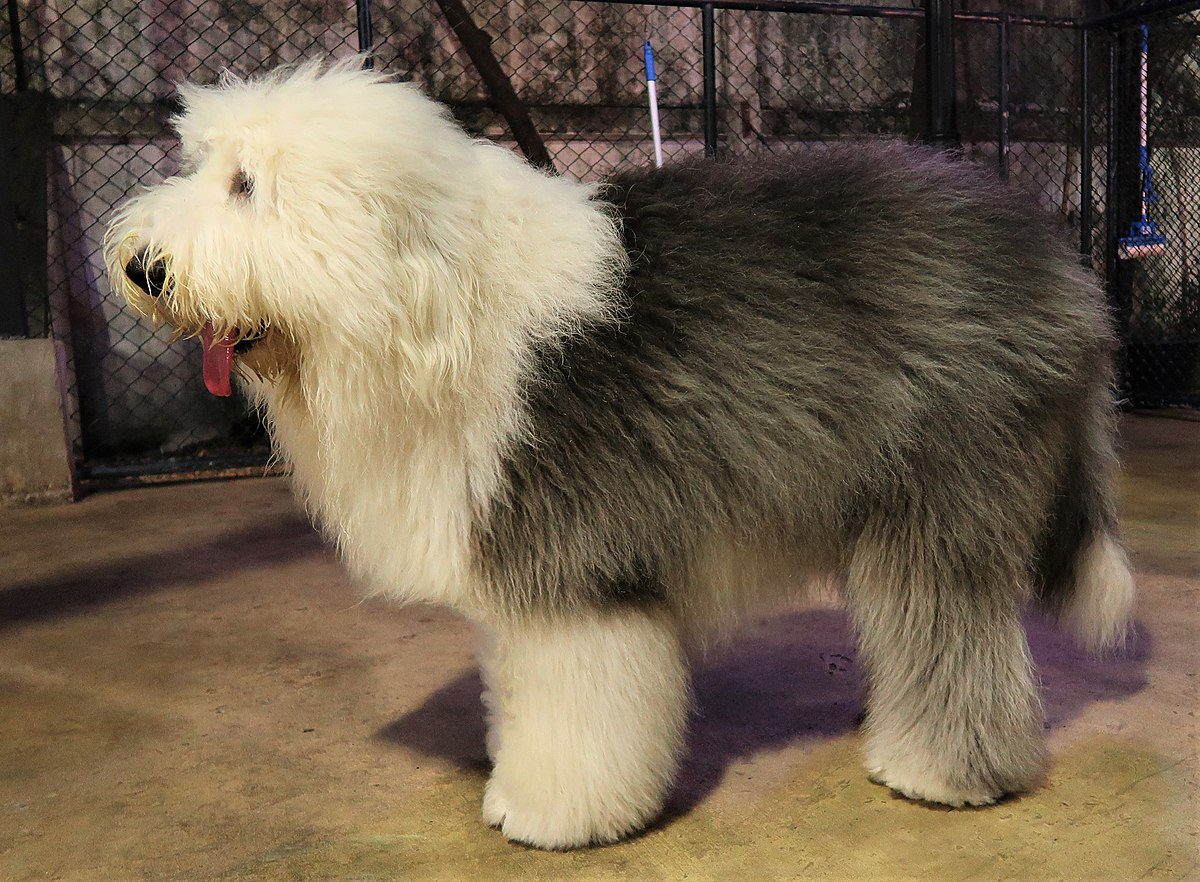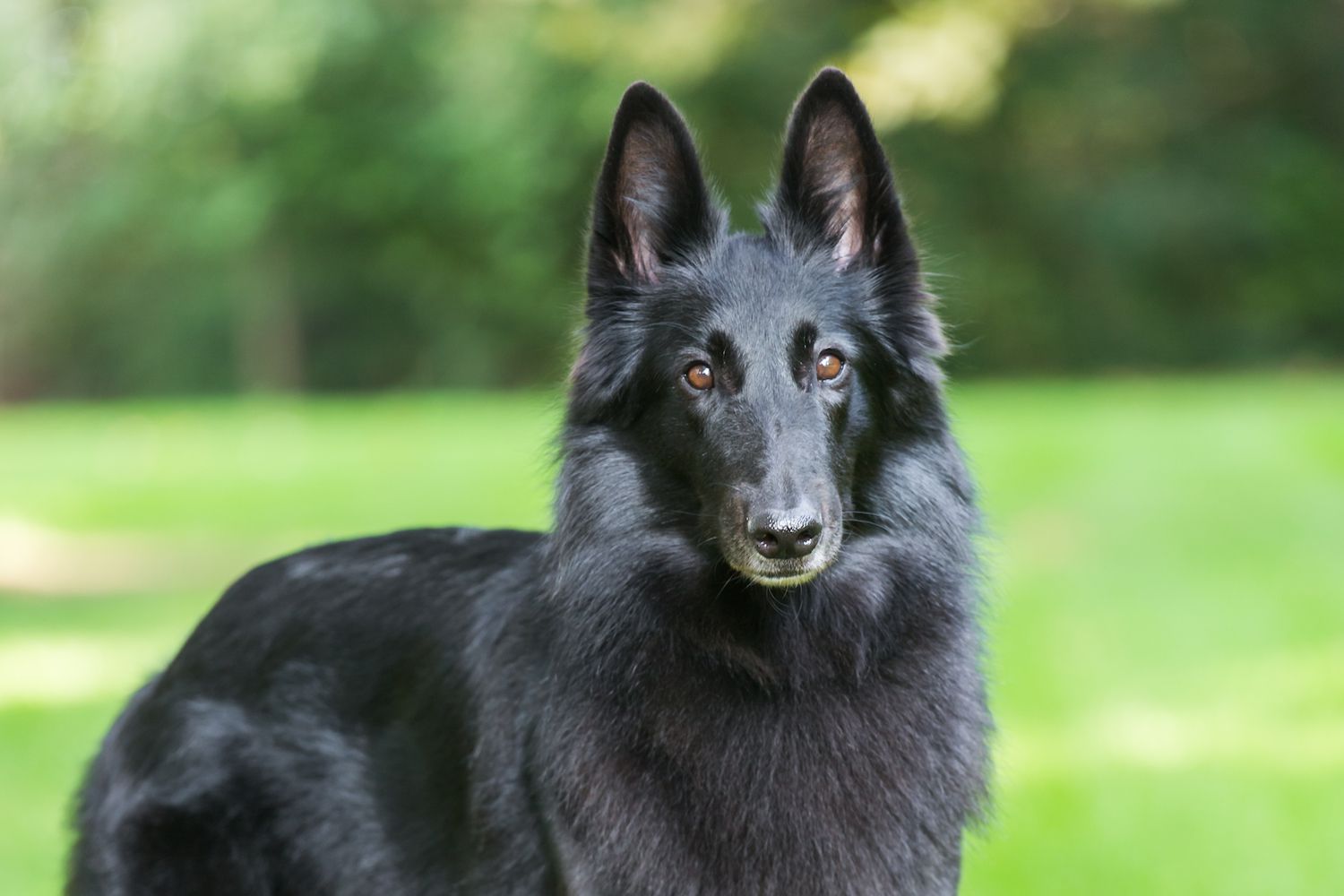Key Takeaways:
-
1. Shetland Sheepdogs, or Shelties, are intelligent and highly trainable dogs that excel in obedience and agility training.
2. They have a thick double coat that requires regular brushing to prevent matting and keep their fur healthy.
3. Shelties are known for their loyalty and make excellent family pets, but they may be reserved with strangers and require early socialization.
4. Regular exercise is essential for Shelties to prevent boredom and maintain their mental and physical well-being.
5. Due to their herding instincts, Shelties may try to herd small children or other pets, so supervision is necessary when introducing them to new environments or situations.
Are you ready to embark on a journey into the fascinating world of Shetland Sheepdogs, also known as Shelties? These charming and intelligent dogs have captured the hearts of many dog lovers around the globe. By exploring the characteristics and care of this beloved breed, you will not only gain valuable insights into their unique qualities but also discover how to provide them with the best possible care. Whether you're a proud Sheltie owner or simply curious about these delightful companions, this exploration will deepen your understanding and appreciation for these remarkable dogs. So, let's dive in and uncover the wonders of the Shetland Sheepdog breed together!
Key Characteristics of Shetland Sheepdogs
Appearance and Personality Traits
Shetland Sheepdogs, also known as Shelties, are small to medium-sized dogs with a beautiful double coat that comes in various colors, including sable, black, and blue merle. They have a distinctive "mane" around their necks and feathery hair on their tails. Shelties are known for their intelligence and loyalty. They are often described as friendly, gentle, and eager to please. These dogs make excellent companions for families or individuals looking for a loving and devoted pet.
Herding Instincts
One of the key characteristics of Shetland Sheepdogs is their strong herding instinct. Originally bred to herd sheep in the Shetland Islands of Scotland, these dogs have a natural ability to control the movement of livestock. Even though most Shelties today don't work as herding dogs anymore, they still retain this instinct. You may notice your Sheltie trying to herd your family members or other pets by nipping at their heels or circling them. This behavior can be redirected through training and providing mental stimulation.
Size and Weight of Shelties: How Big Do They Grow?
Growth Patterns
Shetland Sheepdogs typically reach their full height between 9-12 months of age but continue to fill out in terms of muscle mass until they are about 18-24 months old. On average, male Shelties stand about 13-16 inches tall at the shoulder and weigh between 14-27 pounds (6-12 kilograms). Female Shelties are slightly smaller, measuring about 12-15 inches tall and weighing between 11-24 pounds (5-11 kilograms). It's important to note that every dog is unique, and there can be some variation in size within the breed.
Caring for a Growing Sheltie
During the growth phase, it's crucial to provide your Sheltie with a balanced diet that supports healthy bone and muscle development. Feeding them high-quality puppy food formulated for small breeds can ensure they receive the necessary nutrients. Regular exercise is also essential to keep their muscles strong and prevent excessive weight gain. However, it's important not to over-exercise young Shelties as their bones are still developing. Consult with your veterinarian to determine an appropriate exercise routine for your growing Sheltie.
Sheltie Coats: Types and Grooming Needs
Double Coat Structure
Shetland Sheepdogs have a double coat consisting of a dense, weather-resistant outer coat and a soft undercoat that provides insulation. The outer coat is long and straight, while the undercoat is thick and plush. This double coat helps protect them from harsh weather conditions. However, it also means that Shelties require regular grooming to keep their coats healthy and free from mats or tangles.
Grooming Tips
To maintain their coats, Shelties should be brushed at least once or twice a week using a slicker brush or comb. This helps remove loose hair and prevents matting. During shedding seasons, which occur twice a year, more frequent brushing may be necessary to manage the increased hair loss. Additionally, regular bathing every 6-8 weeks can help keep their coats clean and shiny. It's also important to trim their nails regularly, check their ears for any signs of infection, and brush their teeth to maintain good oral hygiene.
Shelties and Their Interactions with Children and Other Pets
Family-Friendly Dogs
Shetland Sheepdogs are known to be excellent family pets and generally get along well with children. They are patient, gentle, and often form strong bonds with their human family members. However, it's important to supervise interactions between young children and Shelties to ensure both parties are safe and comfortable. Teach children how to properly approach and handle dogs, emphasizing the importance of being gentle and respectful.
Compatibility with Other Pets
Shelties can also get along well with other pets when properly introduced and socialized from a young age. Their herding instincts may cause them to try herding smaller animals like cats or rabbits, but this behavior can usually be managed through training. It's essential to provide positive experiences and gradual introductions when introducing a Sheltie to new pets, ensuring that all animals feel safe and comfortable in each other's presence.
Exercise and Mental Stimulation for Happy Shetland Sheepdogs
Physical Exercise Needs
Shetland Sheepdogs are an active breed that requires regular exercise to keep them happy and healthy. Daily walks or play sessions in a securely fenced yard can help fulfill their physical exercise needs. Aim for at least 30 minutes to an hour of exercise each day, depending on your Sheltie's age and energy level. Engaging in activities such as agility training or playing fetch can also provide mental stimulation while exercising their bodies.
Mental Stimulation Activities
In addition to physical exercise, Shelties thrive on mental stimulation. They are intelligent dogs that enjoy learning new things and solving puzzles. Consider incorporating activities such as obedience training, interactive toys, or food-dispensing puzzles into their daily routine. Teaching them tricks or participating in canine sports like rally obedience or nose work can also keep their minds engaged while strengthening the bond between you and your Sheltie.
Training Tips for Shetland Sheepdogs: Why It's Important
Importance of Training
Training is essential for Shetland Sheepdogs to ensure they grow up to be well-behaved and obedient companions. Proper training helps establish boundaries, prevents behavior problems, and enhances the bond between you and your Sheltie. These intelligent dogs are quick learners, so consistent and positive reinforcement-based training methods work best with them.
Basic Training Commands
Start with teaching your Sheltie basic commands such as "sit," "stay," "come," and "down." Use rewards like treats or praise to motivate them during training sessions. Keep the training sessions short and fun, around 5-10 minutes at a time, to maintain their interest and prevent boredom. Gradually increase the difficulty of the commands as your Sheltie becomes more proficient. Enrolling in obedience classes can also provide structured training opportunities and socialization with other dogs.
Common Health Issues in Shetland Sheepdogs and How to Manage Them
Genetic Health Concerns
Like many purebred dogs, Shetland Sheepdogs are prone to certain genetic health issues. Some common health concerns in this breed include hip dysplasia, progressive retinal atrophy (PRA), von Willebrand's disease (a bleeding disorder), and dermatomyositis (an inflammatory skin condition). Regular veterinary check-ups can help detect these conditions early on, allowing for prompt treatment or management strategies.
Preventive Care Measures
To manage potential health issues, it's important to prioritize preventive care for your Sheltie. This includes regular vaccinations, parasite prevention (such as flea and tick control), dental care, and maintaining a healthy diet. Providing a balanced diet appropriate for their age and size can help support their overall health and immune system. Regular exercise and mental stimulation also contribute to their overall well-being. Additionally, keeping an eye out for any changes in behavior, appetite, or physical appearance and seeking veterinary attention when necessary can help address health concerns promptly.
In conclusion, the Shetland Sheepdog, or Sheltie, is a friendly and intelligent dog breed that requires regular grooming and exercise. With their loyal and playful nature, they make great companions for families willing to provide them with love and attention.
Are Shetland Sheepdogs high maintenance?
Shelties can be either high-maintenance or low-maintenance depending on the specific traits you are focusing on. Their grooming requirements are higher than those of other breeds due to their thick double coats, but they do not require frequent bathing.
What are the negatives of a Sheltie?
Many people are easily stressed, easily startled, and struggle in environments with a lot of tension, loud noises, or rough play. They can feel overwhelmed by the unpredictable movements and actions of young children. However, most Shelties have a gentle and sweet nature.
Do Shetland Sheepdogs bark a lot?
Shelties may be shy around people they don't know, but they are not aggressive. They are very loyal to their family and are quick to bark when they sense someone approaching, which makes them effective watchdogs. Speaking of barking, they are known for being a vocal breed and tend to bark frequently.
Are Shelties low maintenance?
The Shetland Sheepdog is an easily manageable dog breed, perfect for individuals with limited grooming time. It only requires brushing about twice a week to maintain its coat, although more frequent brushing may be necessary during periods of heavy shedding.
Are Shelties easy to potty train?
Training an adult Sheltie to use the potty may require more time and patience compared to training a puppy. However, the same principles of consistency, patience, and positive reinforcement apply. It is also beneficial to establish a routine and closely observe the Sheltie's behavior.
Are Shetland Sheepdogs aggressive?
Although generally not aggressive, some Shelties may bite or nip at unfamiliar individuals, regardless of whether they are adults or children. Others may exhibit a degree of shyness towards strangers.

















